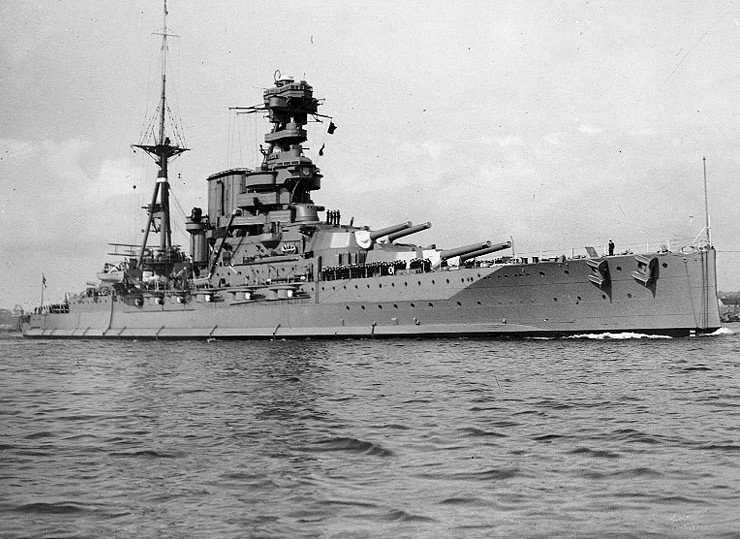WWI heritage has received a lot of coverage in the last couple of years. The great drive to focus on conservation and recognition is all concerning the 100th anniversary of The Great War. 2018 is the centenary of its end, so it is no surprise that HLF is focusing in this area. A recent announcement concerned the search for WWI shipwrecks around the Welsh coast. The project will run from the beginning of 2018 until the end of 2019. Worth £400,000, it will use advanced technology to find wrecks not visible by other means. These wrecks are either buried in silt, rusting away, or those where only metal shell remains.
About the WWI Shipwrecks Grant
On land, the symbols of The Great War (and WWII) are all around us. They exist in the airfields, the pillboxes and upgraded forts and castles. We think less about the naval war because the WWI shipwrecks are beneath the surface. Traditionally, these are harder to find and conserve because they are deep under water. But satellite imaging available to archaeologists will go ahead and examine the extent of existing wrecks and find many more where we don’t know their location. There has been a massive drive in recent years to increase the amount of sea space around the UK for conservation status, for natural as well as heritage protection.

HMS Barham. It sank in The Mediterranean during WWII but was commissioned for WWI
The Royal Commission, Bangor University and the Nautical Archaeology Society will combine efforts to find some of the most critical and important WWI shipwrecks around our coast. It’s being lauded as important in developing knowledge of Wales’ contribution to the war effort, particularly around its coasts. In 2011, archaeologists employed new techniques to record footage of the 1859 Royal Charter shipwreck. That ship sank in a storm off the coast of Anglesey that year and is considered one of the worst ever maritime disasters.
